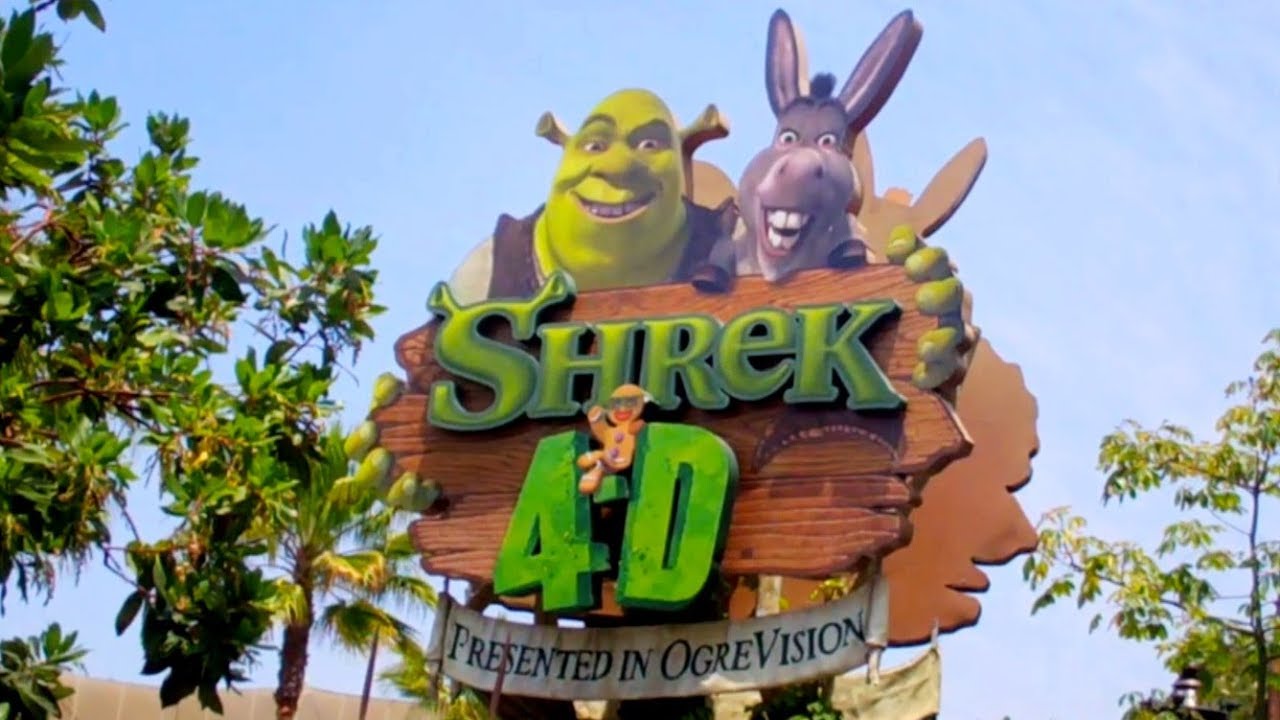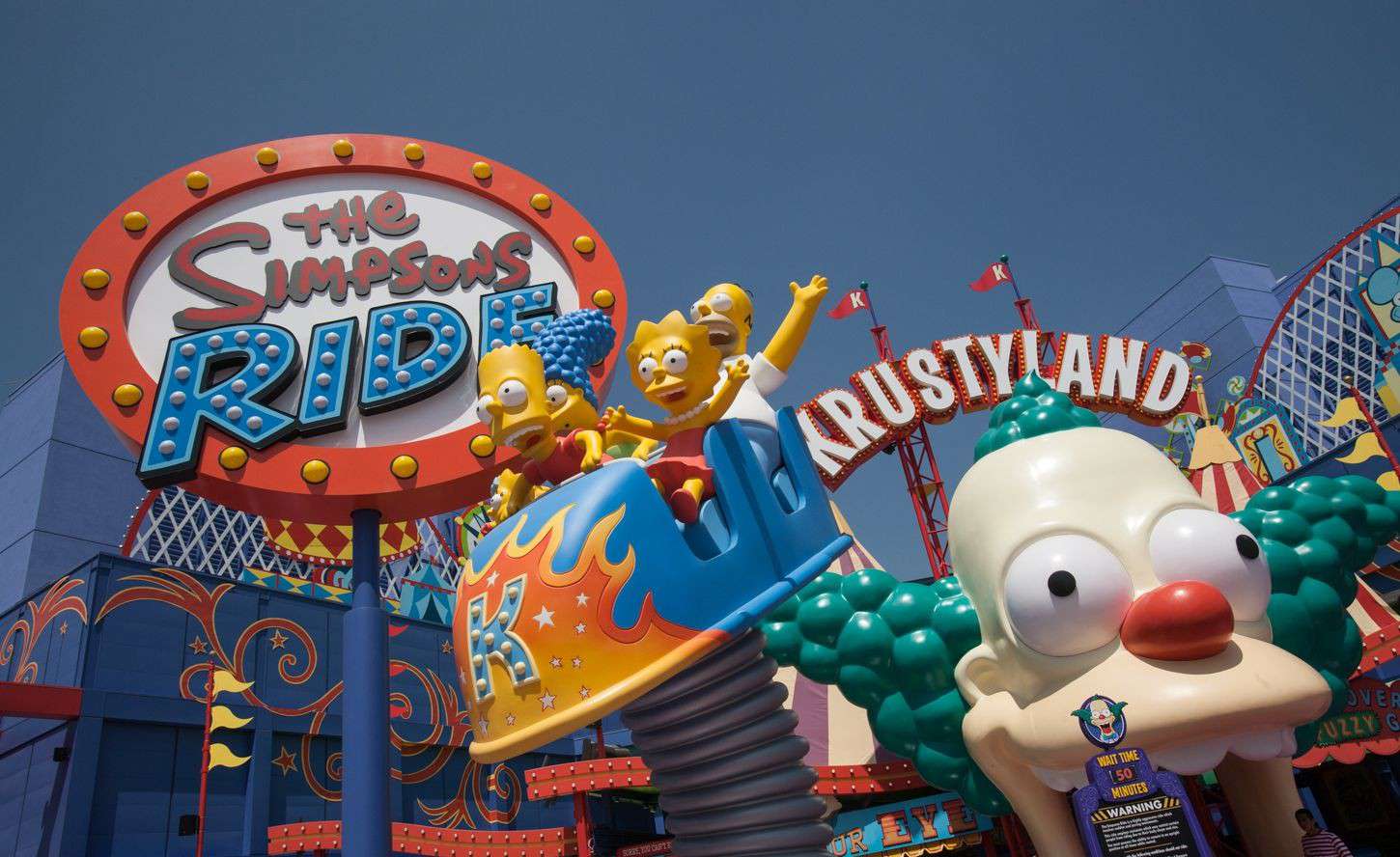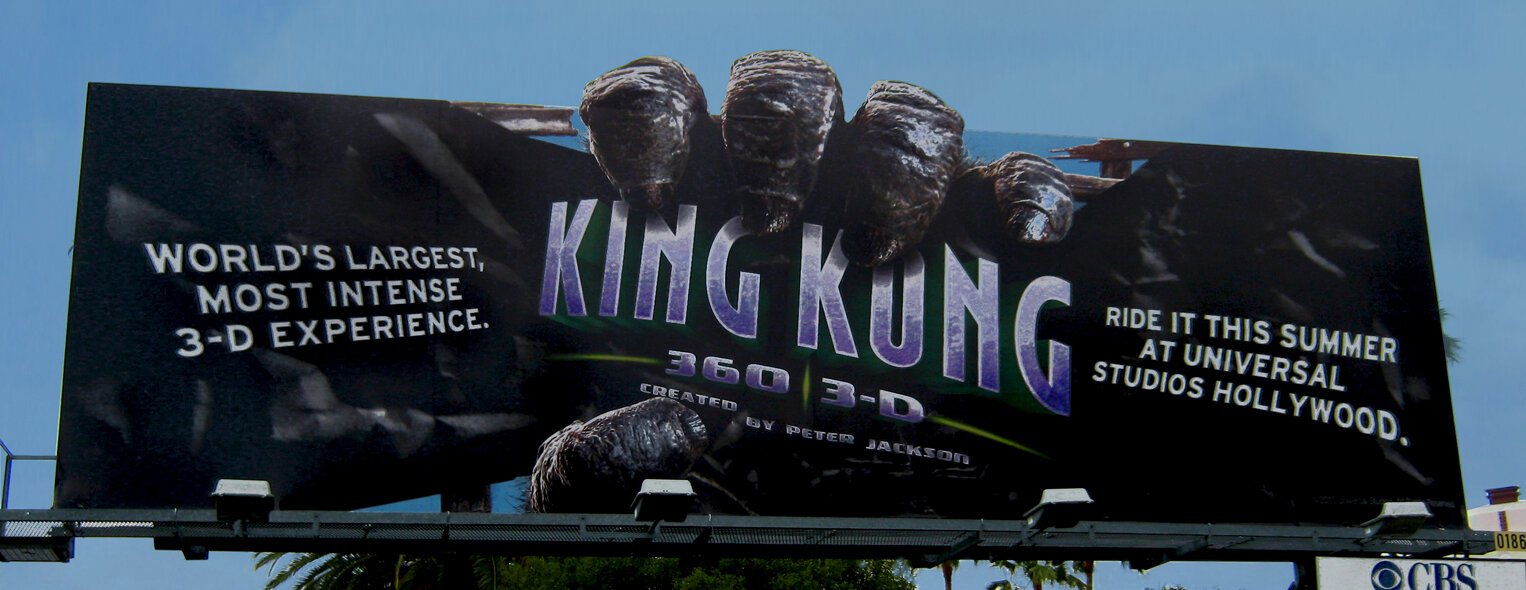Universal Studios Hollywood, renowned for its ability to transport visitors into the heart of their favorite movies and shows, has continuously innovated the theme park experience.
One significant aspect of this innovation is the incorporation of 3D rides, which have both revolutionized and challenged the theme park world. Let’s delve into the history of some of the most iconic 3D rides at Universal Studios Hollywood and explore their impact.

Shrek 4D: The Beginning of a New Era
Debuting in 2003, “Shrek 4D” marked Universal Studios Hollywood’s foray into the world of 3D attractions. This ride combined 3D film elements with physical effects, including water sprays, moving seats, and wind blasts, creating an immersive “4D” experience. The storyline, which picks up right after the first “Shrek” film, delighted fans with its humor and interactive elements.
“Shrek 4D” set a new standard for theme park attractions by blending traditional movie-going experiences with physical effects. It appealed to a broad audience, from young children to adults, enhancing the park’s family-friendly reputation. The ride’s success demonstrated the potential of 3D technology to create engaging, multi-sensory experiences, encouraging further innovation.
However, the reliance on screen-based attractions led to some criticisms. Traditionalists missed the more physically tangible elements of classic rides, and the heavy use of screens could sometimes cause motion sickness among guests. Additionally, as the novelty of 3D effects waned over time, some felt that the ride’s appeal diminished.

The Simpsons Ride: A Beloved Cartoon Comes to Life
In 2008, Universal Studios Hollywood introduced “The Simpsons Ride”, replacing the long-standing “Back to the Future: The Ride”. This attraction took visitors on a chaotic journey through Springfield, featuring beloved characters and iconic settings from the show. Utilizing a combination of advanced projection technology and motion simulator seats, it offered a dynamic and humorous experience.
“The Simpsons Ride” brought a fresh, contemporary vibe to the park, attracting a new generation of visitors. Its use of cutting-edge technology showcased the potential of combining popular intellectual properties with advanced ride mechanics. The ride’s humor and familiarity resonated with fans, reinforcing the park’s reputation for delivering high-quality, immersive experiences.
Conversely, the closure of “Back to the Future: The Ride” sparked nostalgia-fueled backlash among longtime fans. Additionally, technical issues occasionally plagued the attraction, leading to downtime and guest frustration.

Transformers: The Ride 3D – A Technological Marvel
In 2012, “Transformers: The Ride 3D” took the park’s 3D ride experience to new heights. This state-of-the-art attraction combined high-definition 3D projections with a sophisticated motion platform, creating an adrenaline-pumping adventure through the “Transformers” universe. The guests felt like they were in the midst of an epic battle between Autobots and Decepticons.
“Transformers: The Ride 3D” was hailed as a technological triumph. Its seamless integration of 3D visuals, practical effects, and motion simulation created an incredibly immersive experience. The ride’s popularity showcased Universal Studios Hollywood’s commitment to cutting-edge entertainment, drawing thrill-seekers and tech enthusiasts alike.
However, the ride’s complexity sometimes led to technical difficulties and maintenance issues, causing periodic closures. Also, the high-intensity nature of the attraction wasn’t suitable for all guests, particularly those prone to motion sickness or those seeking a more relaxed experience.

King Kong 360 3D: A Cinematic Masterpiece
In 2010, “King Kong 360 3D” made its debut as part of the Studio Tour, replacing the original animatronic King Kong attraction that was destroyed in a fire. Created by Peter Jackson, this ride utilized 3D projection technology to immerse guests in a thrilling encounter with the legendary ape. The combination of practical effects, such as water sprays and tram movements, added to the realism.
“King Kong 360 3D” reinvigorated the Studio Tour, blending cutting-edge technology with classic Universal storytelling. The ride’s cinematic quality and impressive scale left a lasting impression on visitors, reinforcing Universal Studios Hollywood’s status as a leader in theme park innovation.
Nevertheless, some guests missed the tangible presence of the original animatronic King Kong, feeling that the new version lacked the same physicality.
Overall: The introduction of 3D rides at Universal Studios Hollywood has undeniably transformed the theme park experience, offering guests thrilling, immersive adventures that push the boundaries of technology and storytelling. These attractions have drawn in new visitors and kept the park’s offerings fresh and exciting.
However, the reliance on screen-based technology has not been without its drawbacks. Technical issues, motion sickness, and nostalgia for more traditional ride elements have sparked debates among fans and industry experts. Moving forward, Universal Studios Hollywood faces the challenge of balancing innovation with the timeless appeal of tangible, physical experiences to continue captivating audiences for generations to come.




